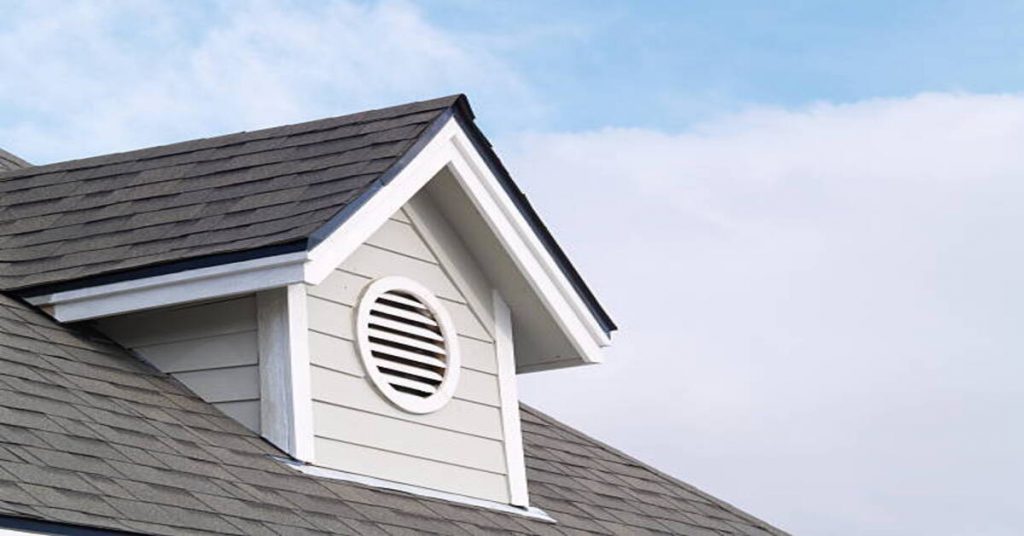

Because there are so many options for venting your roof, it’s easy to get overwhelmed by the choices and their benefits.
To make the process of determining which type of vent is best, we have compiled some of the qualities of both main vents in roofing: ridge vents and roof vents. Read on to find out more about each type and which is better for your home.
Are Ridge Vents Better than Roof Vents?
In general, many contractors view ridge vents as the best option for specific tasks, including ventilation and energy efficiency. They are also cost-effective over the long term and are easy to install and maintain.
Roof vents come in many forms, including box vents, turtle vents, turbine vents, and gable vents. And while these all perform essentially the same task of ventilation, ridge vents are objectively better.
A ridge vent is a one-piece system that runs along the pinnacle of your roof, creating a passive cooling system within the roof itself, the attic, and down into the interior of the house.

Ridge vents are continuously effective and are less invasive than comparative vents, as they are integrated into the roofing structure directly, without the need for cutting into shingles to install.
With ridge vent breathability, constant fresh air is pushed through the roof and into the home, without the assistance of other tools. This airflow keeps nooks and crannies dry, particularly the ones that gather moisture and are hard to get to, such as under the eaves, preventing mould better than any other roof vents.
What Is the Most Effective Roof Venting System?
The most effective venting system for your roof goes hand-in-hand with the best type of roof: the dry, fixed system by RapidRidge which also uses a specialised ridge vent for optimised airflow, letting your roof breathe and regulate itself naturally.
Several factors contribute to this system being the best for ventilation. For example, constant airflow is encouraged to cool down the space beneath the roof as the sun’s rays bake down on it, through a combination of an eaves vent and an open ridge vent at the roof’s pinnacle.
Because of the dry, fixed roofing system with ridge ventilation, the entire house remains cooler, you pay less on your energy bills, and overall maintenance tasks are virtually non-existent for the extended lifespan of the new roof.
Do You Need Roof Vents with Ridge Vent?
One of the other benefits of having a ridge vent is that it makes other types of roof vents unnecessary. While you can use other vents, such as box or soffit vents, to assist with airflow through the roof and into the attic space, it’s not essential.

Are Ridge Vents Worth It?
One aspect of ridge vents to consider is the initial cost of installation. Because they are so detailed and require an experienced dry, fixed roofer, ridge vents are more expensive than other roof vents.
However, this can be offset by two factors: longevity and maintenance. You only need one ridge vent for your ideal roof ventilation system, versus multiple individual roof vents to complete the same task.
Which is Better Ridge Vent or Roof Vent?
In summary, a ridge vent is much better than a roof vent for your home. This takes into consideration ventilation, energy efficiency, and air quality, as well as maintenance and the cost of installation.
Instead of opting for multiple roof vents to accomplish the same purpose, install RapidRidge ventilation that runs across the entire structure, offering the best airflow, longevity, and even aesthetic appearance possible for your home.
